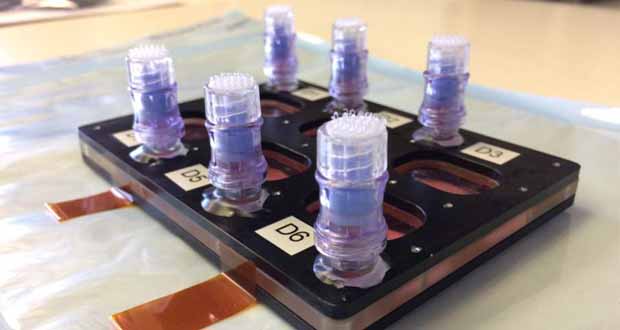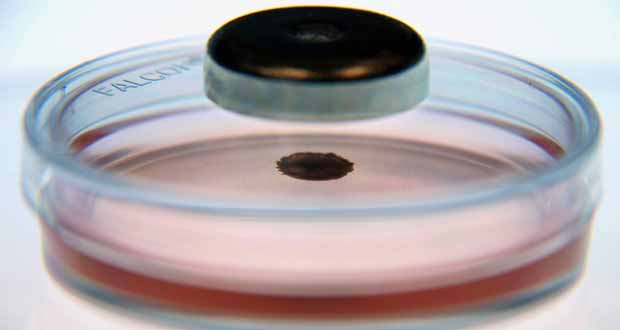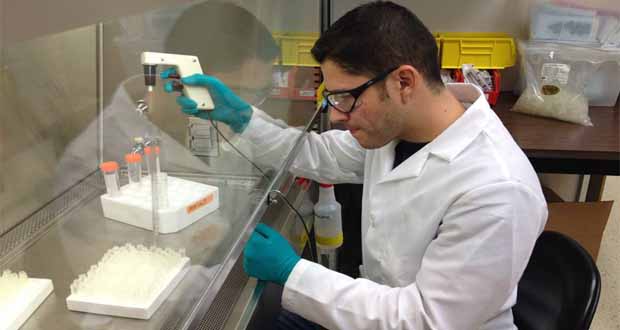3D Bioprinting in space could accelerate cancer research

At the University of Colorado in Boulder, a research center affiliated with NASA is using 3D bioprinting to develop more realistic cancer cell structures aboard the International Space Station. Under a research project called Magnetic 3D Cell Culturing, Their hopes are that this will ultimately help them understand how these cells develop and form in the body, thus advancing research on cancer treatment.
Studies conducted by researchers today on cancer cells are harder to understand and more difficult to conduct, because of the form of the cancer cells that they study. In the human body, cancer cells develop into a complex, spherical like structure. In the in vitro labs where cancer studies are conducted, the cells they study do not share this same shape characteristic as the cells are in a layer form.

An in vitro cell culture
Researchers at the BioServe Space Technologies Center believe that they have found a solution to this, with a new method called Magnetic 3D Cell Culturing. Through this method, researchers believe that they will be able to create cancer cell structures that are more similar to those found in the human body, by using the microgravity of the Space Station to effectively control cell movements through magnetism.
The process begins with the 3D bioprinting of gold atoms in a polymer matrix onto a culture of human cells. After printing, the gold atoms bond very strongly with the membrane of the cells, thus rendering them magnetically reactive. When the cells are magnetically active, researchers are then able to control the structure and movement of cells using magnets. It is important to note that these gold atoms do not in any way affect the biological characteristics of the cells.

Luis Zea from BioServe Space Technologies
“This technology may enable us to handle cells in space in a way currently not possible,” explained project manager Luis Zea, a research associate at BioServe Space Technologies. “We can use it to manipulate cells and make sure they are where we want them.”
In addition, researchers believe that this method could possibly enable them to manipulate the structures of 3D cell cultures for specific types of cancer. An added bonus to this method is that by having more realistic cell cultures to use, it could possibly lower the costs of drug development.
Do you think this new method will help accelerate cancer research? Let us know in a comment below or on our Facebook and Twitter pages. Don’t forget to sign up for our free weekly newsletter, with all the latest news in 3D printing delivered straight to your inbox!







